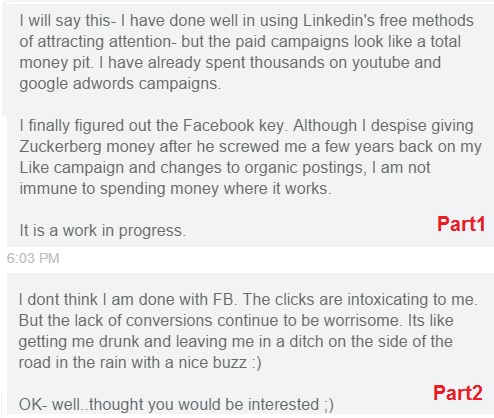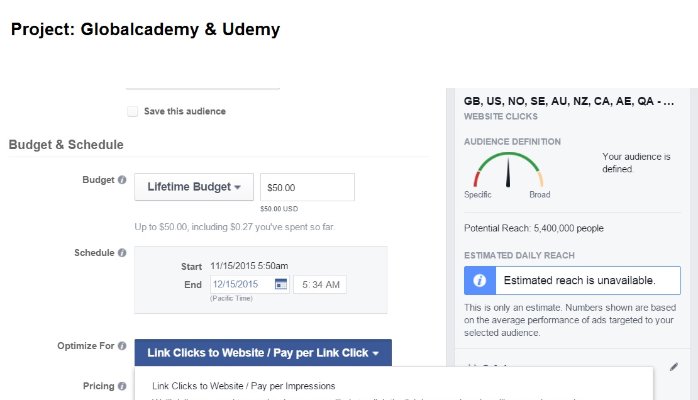Your business should only use Facebook if a credible ROI is in reach – and you know how to navigate the marketing blackhole:
When I work with clients to analyse the user-experience of their e-commerce assets, we always look at how to design the choice architecture to allow for maximum conversion. However when we are at the RECEIVING end, that is when we have to pay Mr. Zuckerberg for Facebook advertising, then it is time to wear a different hat and see which traps to avoid. There are two underlying issues here: On the one hand we have habit forming online experiences aimed at getting the user to repeat the experience, best achieved through a dopamine filled experience of mini-rewards, in the form of engagement statistics and notifications. On the other hand, we have a cleverly crafted user-experience which set’s up the most profitable option as a default (remember when they started to automatically include a green carbon charge on your airline ticket and you forgot to un-tick the charge, and it made you feel stupid?)
You see, one way in which choice architecture is most often (ab)used in an online fashion, is when the service provider set’s up the most profitable option as the default. Often the client will only realise much later – that this is the most expensive option, and then investigate ways of rectifying the problem – which cannot be solved retrospectively. By then, a hefty bill could already be waiting. I assert that MILLIONS are wasted annually, but that the dopamine-filled user experience that advertisers experience when they watch the engagement stats, often mitigates the loss. In fact, the way Facebook handle bill disputes, is to make the customer feel “rather unintelligent”.
To proof my assertion, Please see the correspondence below from another highly intelligent marketing professional, who first admitted to ALSO being caught off guard and who then received a surprize bill from Zuck & Facebook (part 1), but then see below, where the dopamine filled experience was enough to keep the person coming back for more (part 2).
Now at Facebook, the user-experience keeps changing – several times throughout the course of the year. I cannot possibly run you through all the tips and traps on this occasion, however below is a tip that will already save you a lot during your next campaign:
Here is what to look for in the latest change:
In the “budget and schedule” section, Make sure you opt for the second option, which states “Link Clicks to Website / Pay per link click”
If you don’t, you will wake up tomorrow morning and realise that even with low levels of actual visitors, you would have been charged for “impressions” too.
On the other hand, if you change the default to as per the above suggestion, you will only pay for actual visitors – and not for impressions.
Two useful things to remember:
Impression based advertising is ONLY useful for brand building if you are huge like coca-cola or netflix. Small businesses on the other hand, should only pay for actual visitors. So avoid CPM advertising, and stick to CPC.
Google Adwords is much better in terms of the conversion funnel: People go to Google once they are already aware of what they want, and then search to compare their final options, whereas Facebook, is a step further up the funnel: It is at the awareness phase, where an actual “buy” or “conversion”, is less likely. Google Adwords vs Facebook? You can be sure that Google Adwords will convert better – and have a higher CTR + ROI.


